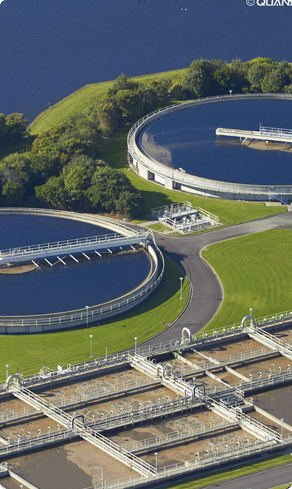Exploring the Applications and Benefits of PAC Poly Aluminum Chloride in Water Treatment
Understanding PAC Poly Aluminum Chloride
Poly Aluminum Chloride (PAC) is a widely used coagulant in water treatment processes. As an inorganic polymer, it has gained significant attention in various industries, particularly in water purification, due to its efficiency, versatility, and effectiveness in removing contaminants from water. This article explores the composition, mechanism of action, applications, benefits, and environmental considerations related to PAC.
Composition and Structure
PAC is a chemical compound that is synthesized by the reaction of aluminum hydroxide and hydrochloric acid. It can be formulated in different forms, including powder, granules, and liquid, depending on its intended application. The structure of PAC can be understood as a complex of aluminum ions and hydroxyl ions, which form a highly efficient polymer network. The varying degrees of polymerization and aluminum content in PAC can affect its performance in coagulation processes.
Mechanism of Action
The primary mechanism through which PAC operates is coagulation. When PAC is added to water, it undergoes hydrolysis to produce aluminum hydroxide, which is a precipitate. This aluminum hydroxide forms complex aggregates that can trap and remove suspended particles, colloids, and organic matter from water. The positive charge of the aluminum ions attracts negatively charged particles, causing them to clump together and settle out of the solution—a process known as flocculation. This effective mechanism enhances the clarity of the treated water and reduces the concentration of various contaminants.
Applications of PAC
PAC is utilized in a plethora of applications, primarily in the water treatment sector
. Some of the common applications includepac poly aluminum chloride

1. Drinking Water Treatment PAC is extensively used to treat potable water, effectively removing turbidity, organic impurities, and pathogens. 2. Wastewater Treatment In municipal and industrial wastewater treatment plants, PAC is employed to minimize the presence of heavy metals, suspended solids, and other pollutants before discharge. 3. Paper Manufacturing It serves as a sizing agent in the paper industry to improve the quality and durability of paper products. 4. Textile Industry PAC is utilized in the dyeing processes to ensure better color uptake and stability. 5. Food and Beverage Industry It is used in the clarification of juices and edible oils, improving product quality.
Benefits of Using PAC
The use of PAC offers several advantages over traditional coagulants, such as alum. Some of the key benefits include
- Higher Solubility and Lower Dosage PAC is more soluble in water than conventional coagulants, which often results in lower required doses to achieve the same level of treatment. - Reduced Sludge Production Compared to traditional coagulants like alum, PAC produces less sludge, making the post-treatment handling more manageable. - Improved Settling Rates The flocs generated by PAC are larger and settle more quickly, resulting in faster separation processes and reduced time in treatment facilities. - pH Versatility PAC functions effectively across a wide range of pH levels, making it suitable for various water qualities.
Environmental Considerations
While PAC is generally regarded as safe for water treatment, attention must still be paid to its environmental impact. The handling, storage, and disposal of PAC residuals should comply with local regulations to prevent potential harm to ecosystems. Importantly, continuous research is needed to evaluate the long-term effects of PAC use on both human health and the environment.
Conclusion
Poly Aluminum Chloride is an invaluable asset in the field of water treatment. Its efficiency, versatility, and lower environmental impact compared to conventional coagulants make it a preferred choice for many industries. As water quality continues to be a pressing global issue, the role of PAC in ensuring safe and clean water cannot be overstated. By understanding its mechanisms, applications, and benefits, stakeholders can make informed decisions that enhance water treatment processes and contribute to sustainable water management.
-
Dodecyldimethylbenzylammonium Chloride: High-Purity DisinfectantNewsAug.30,2025
-
2-Phosphonobutane-1,2,4-Tricarboxylic Acid: Scale & CorrosionNewsAug.29,2025
-
Premium Isothiazolinones | Broad-Spectrum Biocidal SolutionsNewsAug.28,2025
-
LK-319 Special Scale And Corrosion Inhibitor For Steel Plants: Advanced Solutions for Industrial Water SystemsNewsAug.22,2025
-
Flocculant Water Treatment: Essential Chemical Solutions for Purification ProcessesNewsAug.22,2025
-
Isothiazolinones: Versatile Microbial Control Agents for Industrial and Consumer ApplicationsNewsAug.22,2025





